So, you’ve got an egg allergy.

Or maybe your cholesterol is high so your doctor has indicated in no uncertain terms that you’re about to embark on a wild food journey that will involve, among other things, cutting those orbs of white and yellow goodness out of your diet.
The problem is, you love to bake.
But you are not alone!
Creating delicious baked goods without eggs is not impossible. In fact, you’re likely to find substitutions for many of your old standbys, and some new favorites as well.
It’s time to break some eggs!

Er, well… more like it’s time to salute at the many carefully stacked cartons politely from across the grocery store, make a big U-turn that tilts your shopping cart onto just two wheels for a second, and head for the beans, seeds, fruit, and other awesome substitutes that are soon to become your new best friends.
We’re going to take a look at what it is that eggs actually do for your baked items, and then we’ll explore the top 5 most popular egg substitutes, as well as a few recipe favorites.
Why Would I Do Such a Thing?
In case you’re wondering why I should be trusted as an authority on this matter, let me give you just a pinch of background. Though I’m not allergic to eggs (shrimp is my thing) I have actually been eating a vegan diet at home for the past several months, and this means no more eggs in my fridge.
When my husband went to the doctor for a physical earlier this year he asked, “What’s the best thing that I can do to stay healthy?” And the doctor replied, “You can switch to a plant-based diet.”
Some might have scoffed and slid off the exam table directly into the line at the closest In-N-Out Burger. Others might argue against this advice. It can be difficult to maintain a balanced vegan diet that includes all of the vitamins and minerals that are necessary for good health. But this wasn’t strange advice to us.
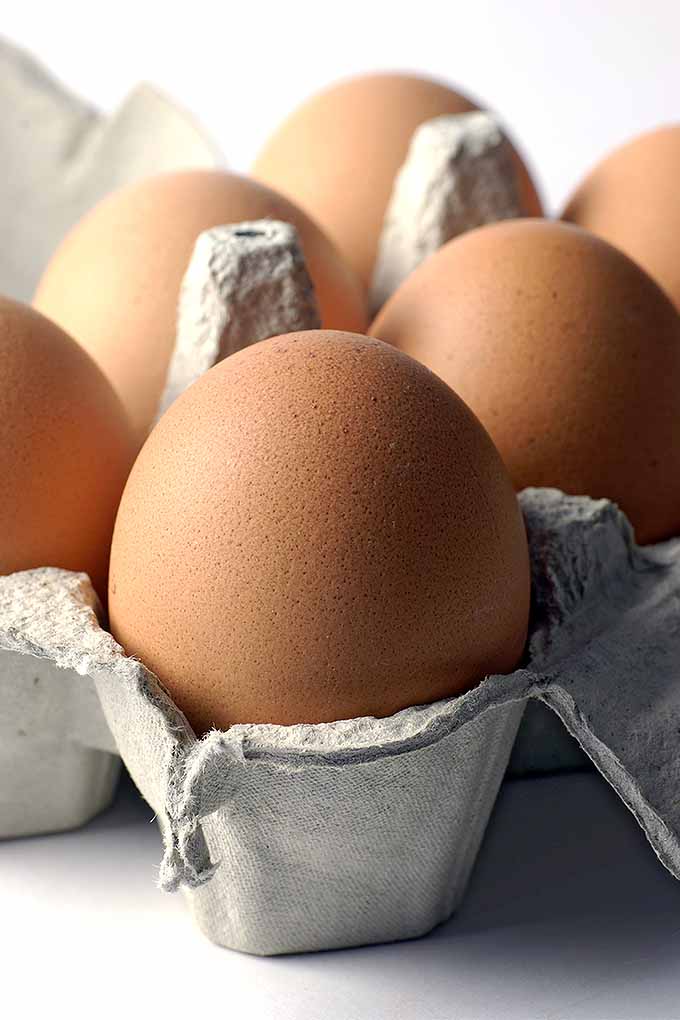
My husband was a vegetarian for the first 26 years of his life and I dabbled in various degrees of vegetarianism for about a decade myself. We were ready to take the leap.
Plus, it was great for my lactose intolerance (not to mention the lactose intolerance that my husband swears he does not have…).
When we’re at a restaurant with friends or eating a meal with extended family and something non-vegan looks really good, we might indulge. In fact, we are almost 100% going to. But our general baseline now is egg-free, meat-free, dairy-free, and seafood-free. We still love to eat, and we’re still eating well.
Baking Up the Right Stuff
Why are eggs included in baked goods in the first place?
It’s simple, really – eggs help baked goods to rise, help to improve texture, and bind other ingredients together, as well. Sometimes they’re even responsible for a combination of a few of these jobs in one recipe.
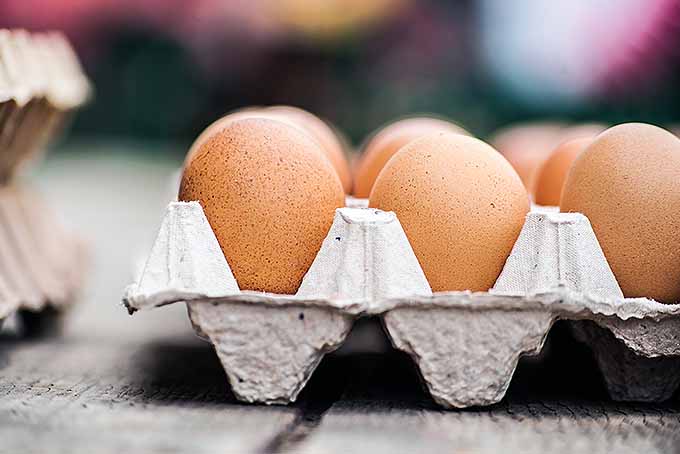
Eggs are also a complete protein, they’re a liquid, and they also contribute some fat to a recipe. As a leavener, a binder, and a builder, they really offer quite a bit of assistance to the chef, all readily available in a self-contained ovoid package.
Scientists haven’t yet stumbled upon an egg replacement that offers all of these qualities. And you will find that different recipes benefit from different additions. Let’s take a look at what’s available.
Top 5 Eggless Baking Substitutes
1. Flax Egg, Anyone?
Combined with a bit of water and left to soak for a few minutes before tossing the mixture into your batter, ground flax makes an excellent egg substitute – for baking.

You’re not going to want to serve one of these babies sunny-side up, though this is something that my husband and I joke about probably far too often.
Flax seeds may be golden or brown. Some swear the golden ones are more mild in flavor, but at least so far in my own cooking, I’ve gotta say that I can’t detect the presence of the regular variety in my baking. Plus, it’s easier to find in most grocery stores.
2. Trusty Bean Water
Aquafaba (aqua + faba = bean + water) is that liquid that you commonly pour down the drain when you crack open a can of chickpeas to make a batch of hummus.
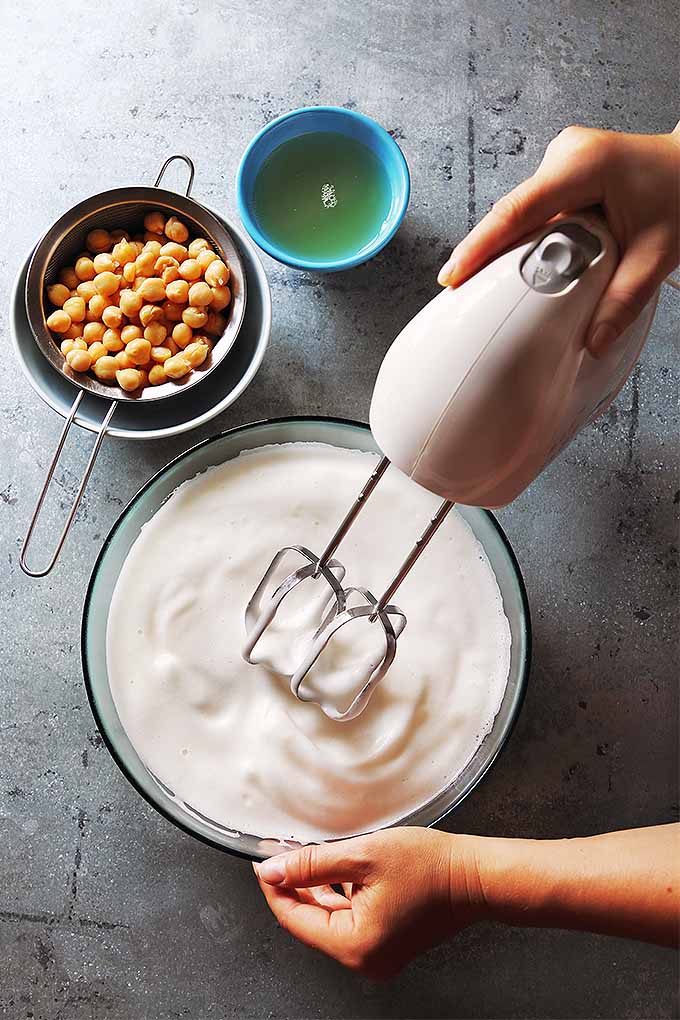
But there’s protein in that water, and it has some amazing properties that are super useful in baking! They fluff up really nicely, especially with the addition of a bit of cream of tartar, making an excellent substitute for whipped egg whites.
3. Make Mine Powdered
You will find a few powdered egg replacers available on the market.
I have never purchased this product myself, though I have seen it on a few pantry shelves in my day. It’s made with a variety of gluten-free starches, leavening agents, and cellulose, and it’s simple to use. But some bakers aren’t fans of its flavor.
Instead of using something specifically marketed as a powdered egg replacement, regular old baking powder and baking soda have a place in egg-free baking as well – in higher quantities than you might see in the recipes you’re used to.
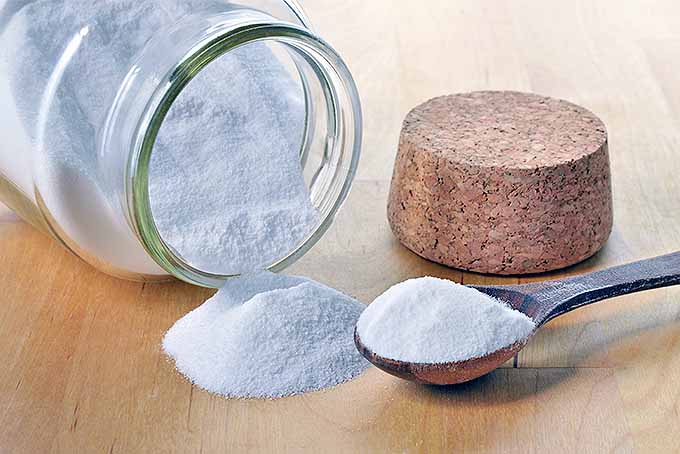
If a little bit of lift and improved structure is what you’re after, a little extra baking powder or soda (or the addition of some to a recipe that doesn’t usually include it in the ingredients list) can work wonders in the absence of egg. These tend to work even better when paired with an acid.
4. Stir in the Sauce
Remember when you were a kid and you would go to your neighbors’ house to play video games with your friend and her sister, and you wondered why the muffins that were always cooling on the dining room table on the way to the family room tasted juuuuust a bit different, and they were maybe a bit heavier than what you were used to?
Yup, those were made with applesauce. (And if you’re thinking, “No, I really don’t remember that,” then you are just going to have to use your imagination here, people! Work with me.)
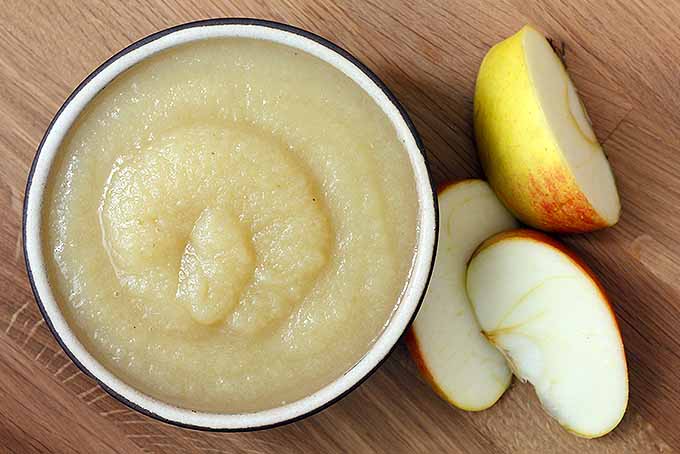
The applesauce was probably used to replace the oil, another ingredient that adds moisture to baked goods. But it can give some recipes a bit of body in place of an egg as well.
They will be heavy, so keep that in mind. Also important to consider: applesauce adds fiber and liquid as well as sugar, especially if it’s sweetened.
5. Soy Saves the Day (Sometimes)
The number one protein-packed ingredient among vegans everywhere, soy comes in oh-so-many forms.
Silken tofu in particular is sometimes used in “baked” goods, often to replace dairy in no-bake pie fillings and cheesecakes that are simply mix, refrigerate, and go, with no oven required. But, tofu can be used to replace eggs as well.
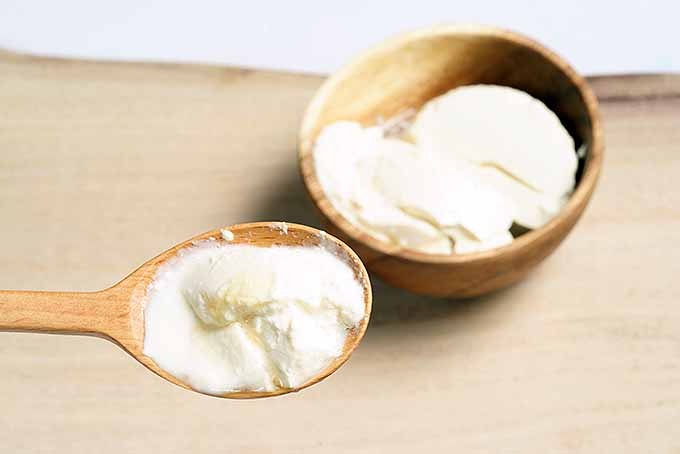
That soy flavor tends to be pretty prominent, and you can expect some textural changes from the original recipe in your baked goods.
Perfecting the Swap
Now that you have a general idea of the alt ingredients at your disposal, I want to point out that baking is a science.
Specific ratios of ingredients will achieve different results, paired with a baking pan of certain dimensions, an oven heated to a precise temperature, and a certain amount of time.
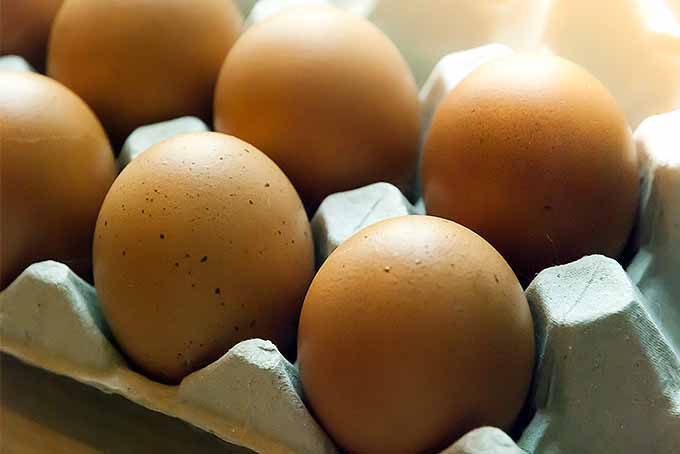
Tinkering with any of these elements can bring about different results, so you want to make your substitutions wisely (and sparingly) to avoid disappointment.
Fortunately, baking without eggs is not a new invention, and there are tons of tried and true recipes out there for you to try.
Recipe Recs
We’ve got a few recipe recommendations up our sleeves, and we’ll continue adding to this list as more eggless baked goods are added to our archive. Some involve delicious ingredient substitutions, while others – not to be forgotten – were eggless in the first place.
- Aquafaba meringues
- Chocolate chip cookies
- Dark malted rye bread
- Earl grey shortbread cookies
- Pull-apart bread
- Sour barley pita
- Sourdough bread
- Three seed carrot bread
An Eggs-traordinary Opportunity!
So, what do you say? Ready to get back in the kitchen and put on your baker pants? Or apron? Or whatever it is that you like to wear when you’re getting your bake on?
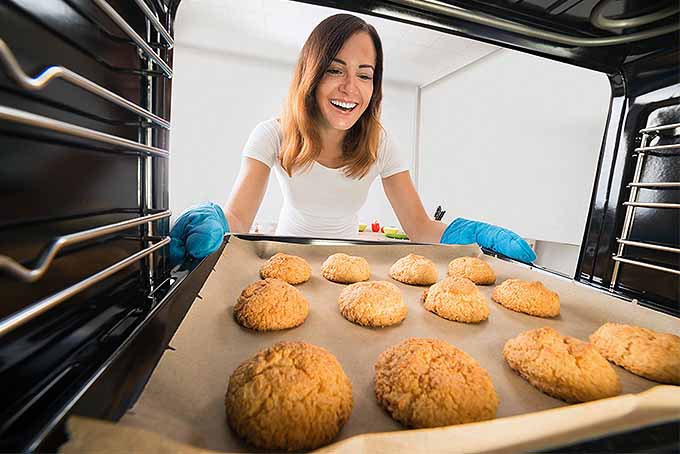
Please let us know how it’s going, what recipes you’ve found, and any questions that come up along the way. Happy baking!
Don’t forget to Pin It!
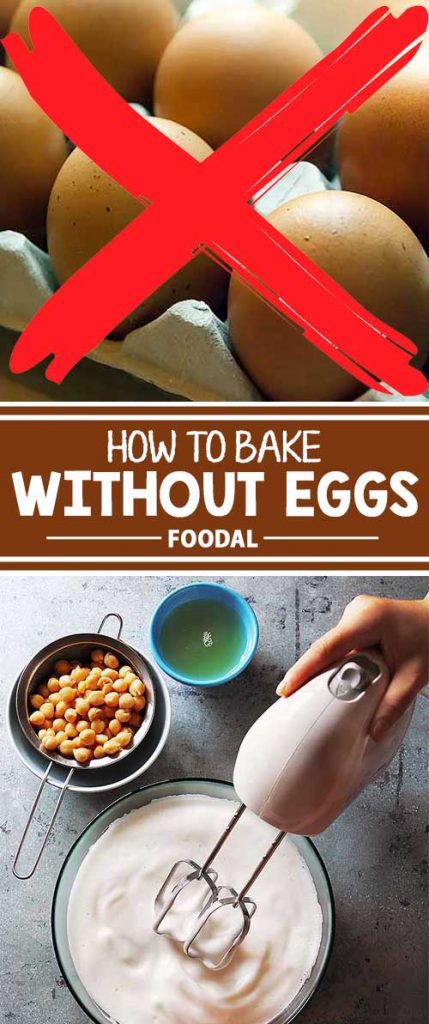
About Allison Sidhu
Allison M. Sidhu is a culinary enthusiast from southeastern Pennsylvania who has returned to Philly after a seven-year sojourn to sunny LA. She loves exploring the local restaurant and bar scene with her best buds. She holds a BA in English literature from Swarthmore College and an MA in gastronomy from Boston University. When she’s not in the kitchen whipping up something tasty (or listening to the latest food podcasts while she does the dishes!) you’ll probably find Allison tapping away at her keyboard, chilling in the garden, curled up with a good book (or ready to dominate with controller in hand in front of the latest video game) on the couch, or devouring a dollar dog and crab fries at the Phillies game.


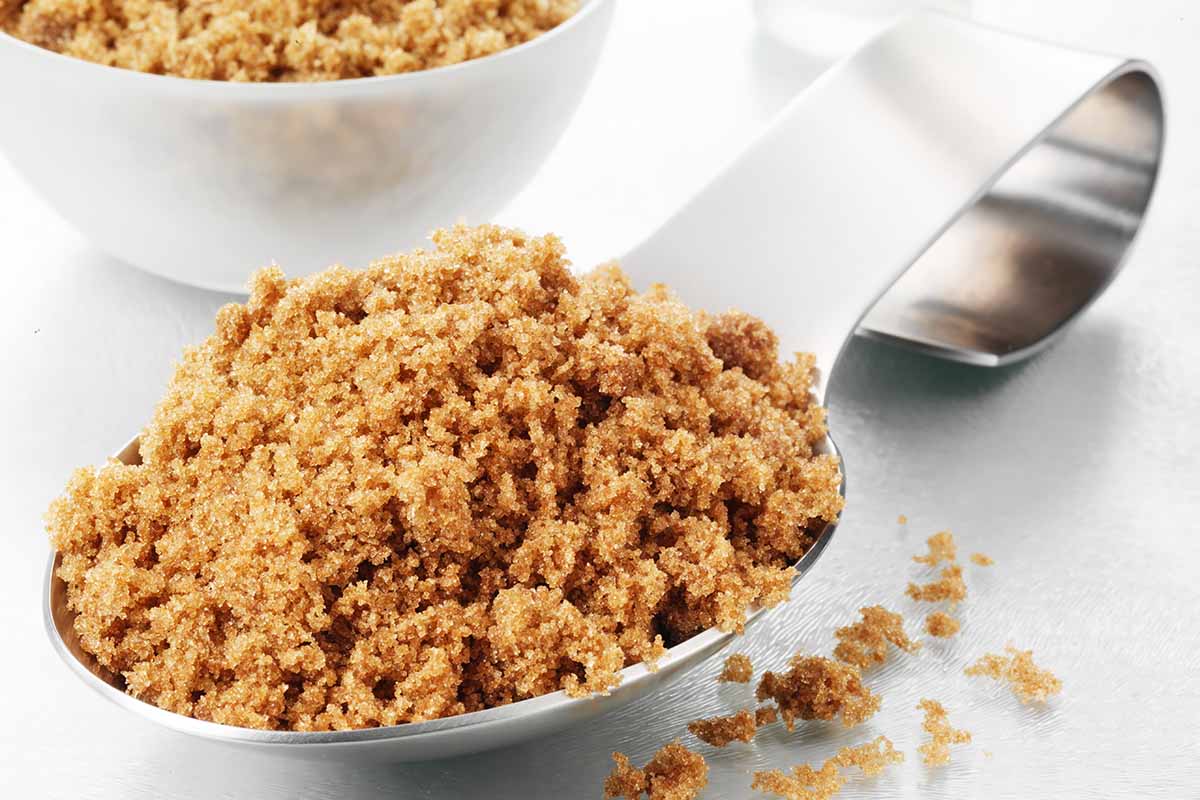
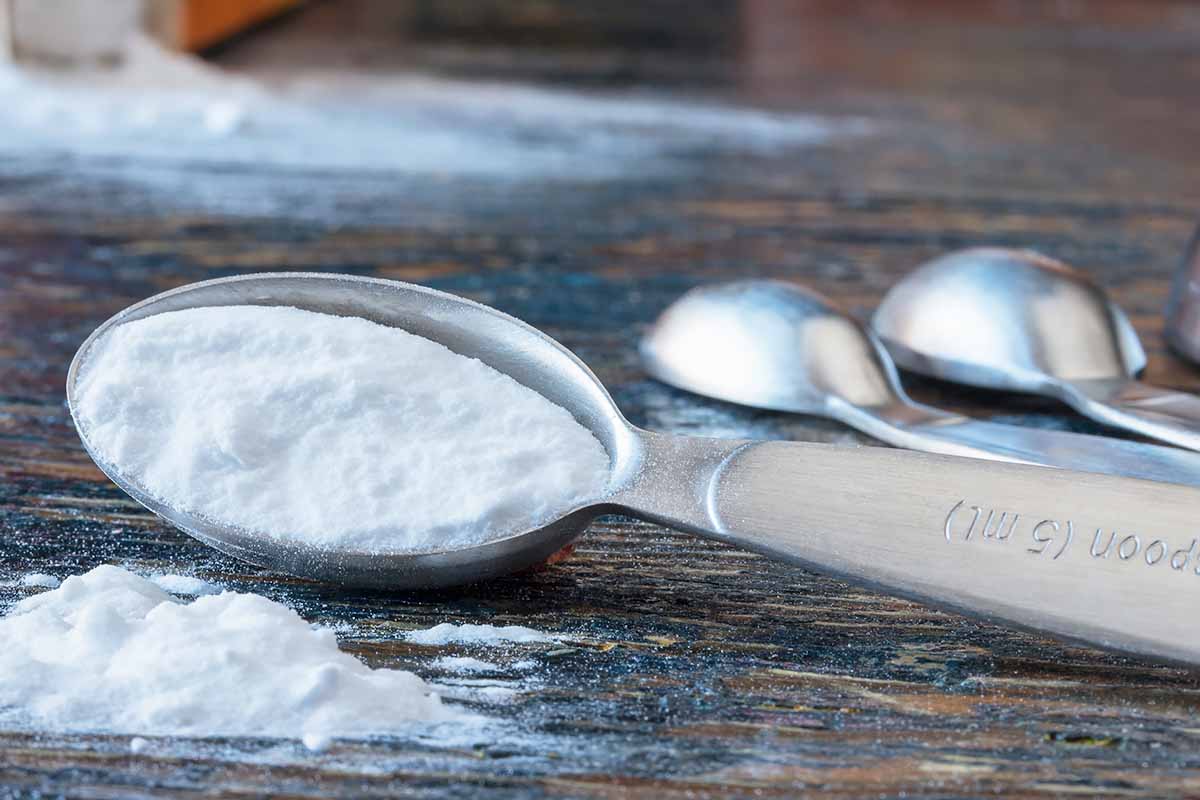
Well mashed, over ripe banana makes an excellent egg substitute for cake recipes.
gelatin egg works well 🙂
I am a vegan and have been baking eggless cakes and everyone couldn’t believe that there was no eggs in my recipes and they are delicious.
I read your article on substitutions for eggs in baked goods. You gave no portions for the substitutions. For instance, how much ground flaxseed plus water will replace an egg? I would like to bake an eggless cake but don’t know proper measurements.
This depends in part on what’s called for in the recipe. A standard flax egg calls for 1 tbsp. ground flax seed mixed with 3 tbsp. water.
Hi…
How many Ounces of Apple Sauce replaces
1 EGG?
What are you planning to bake? You can use 2 fl oz of applesauce (1/4 cup) to replace an egg, but you may want to add 1/2 teaspoon of baking powder to your recipe as well when you make this substitution.